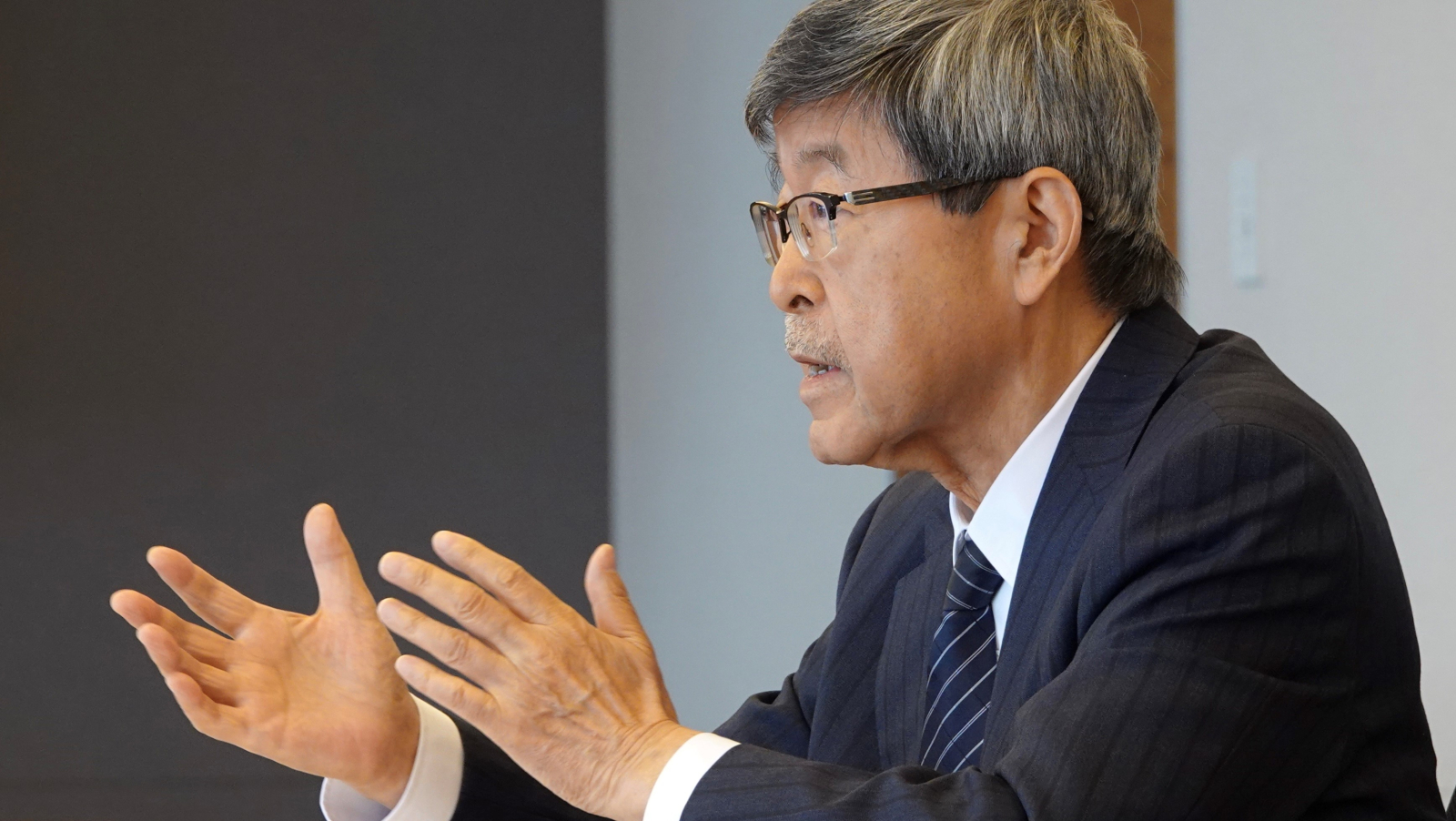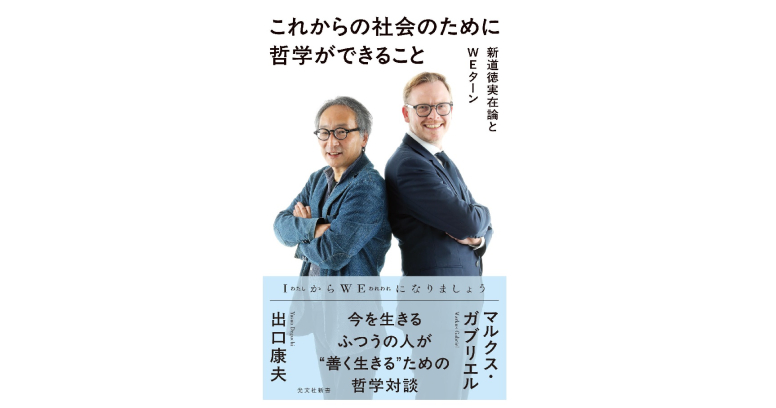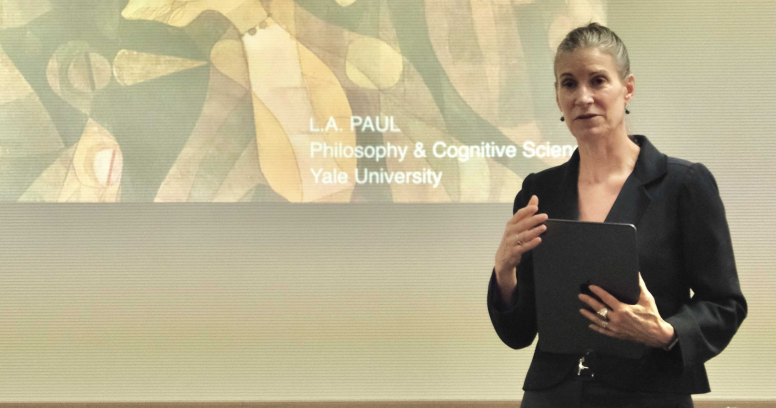【Relay Interview 4】 Hirokazu Toda, Senior Advisor, Hakuhodo Inc.: ‘The medium is the message’ and it’s changing once again

We interviewed key members of the Kyoto Institute of Philosophy (KIP) for a series of articles about how they came to start their activities and their thoughts on future plans. For our fourth interview with a KIP director, we met with Hirokazu Toda, Senior Advisor at Hakuhodo Inc.
Details
Interviewer: Please tell us how you became involved with the KIP.
Toda: Professor Yasuo Deguchi of Kyoto University and NTT Executive Chairman Jun Sawada — Co-Chairpersons of the Institute — often say, “A new technology requires a new philosophy.” I’ve long felt a similar way: New modes of communication and new media require new philosophy.
At Hakuhodo, our business is communication. Communication consists of two essential elements: message and medium. A message conveys meaning to build relationships. A medium, on the other hand, builds relationships to convey meaning. In that sense, they are two sides of the same coin.
There’s a Canadian scholar who wrote about this — Marshall McLuhan. When I was a student at Hitotsubashi University, McLuhan’s media theory was gaining attention. He’s well known for saying, “The medium is the message.” I believe he was one of the first to argue that media itself carries meaning. If he was right, then we must clarify the meaning and value of media. That’s a question I’ve been carrying with me for a long time.
Looking at the history of media, we see a progression from speech to writing, from writing to print, and then to electronic media. Now, with the rise of AI, the metaverse, and digital twins, we are entering yet another new era. That’s why I felt compelled to join the KIP — to explore the meaning and value of these emerging media together with others.
Interviewer: As a copywriter, you’ve spent years working closely with language and thinking deeply about ideas. Did that influence your decision to join the KIP?
Toda: Yes, that’s part of it. Another connection I feel lies in the relationship between our corporate philosophy at Hakuhodo and the thoughts of Kiyoshi Miki, a philosopher who studied under Kitarō Nishida of the Kyoto School. In his work “Daily Life Culture and Daily Life Technology,” Miki developed a perspective that links the concepts of “individual,” “culture,” and “technology.” At Hakuhodo, our philosophy of “Sei-katsu-sha (Living Person) Insight” is based on a similar view: Rather than seeing people as mere consumers, we see them as individuals who actively shape their own lives.
Interviewer: As someone working in an advertising company that values human creativity, do you see the rapid development of AI as a threat?
Toda: We discussed this internally a few years ago. One creator shared an interesting perspective:
“If you think of the full range of human cognition as 100, AI will soon be able to cover everything from 1 to 99. But the spaces between 0 and 1 — and between 99 and 100 — remain out of AI’s reach. The 0-to-1 range represents creativity: the capacity to break with the past and create something new. The 99-to-100 range represents human dignity — the freedom and responsibility to choose one’s own future.”
I was quite impressed by that idea. The reference to the 99-to-100 range highlights the importance of human beings as moral agents. It also recalls Kant’s view of freedom as autonomy.
Interviewer: That’s a very philosophical take, even touching on the idea of human dignity.
Toda: More recently, we’ve had further discussion, and someone proposed a compelling new idea:
“Generative AI is our partner in the search for alternative answers.”
The idea is that AI isn’t a tool for finding the right answer. Rather, it could become a creative collaborator that helps us explore alternative answers. I found that a fascinating perspective, and it really resonated with me. In the creative domain, there is rarely just one “correct” solution. Multiple alternatives are not only possible — they’re welcome.
I actually tried asking a generative AI the following question:
“If we define creativity as the ability to generate meaningful new forms, is AI a threat?”
This was the response:
“If humans are the ones who give meaning to the forms generated by AI, then it’s collaboration. But if AI simultaneously generates both form and meaning, and humans simply receive it passively, then yes — it can become a threat.”
I thought, “That’s a pretty good answer!” (laughs). I hope the upcoming Kyoto Conference in September will be a space where we can exchange ideas about these kinds of perspectives.
Interviewer: How do you view the problems of our internet-based society, including social media?
Toda: I have a term I use to describe the internet: a “vortex model.” In contrast, I call traditional media — newspapers, magazines, television, radio — the “cascade model.” In the cascade model, information flows from high to low, like a waterfall. Because these media must maintain a high level of informational integrity, they rely on professionals.
The vortex model, on the other hand, is flat in elevation and powered by rotational energy —like passing a soccer ball around in circles. A “social media firestorm” is what happens when the ball is over-passed and overheated. “Going viral” is when the passing becomes so active that the vortex expands.
The problem arises when these vortices become closed off, forming filter bubbles or echo chambers. When two closed vortices become irreconcilable, social division follows. The question is how to make these vortices more open, and how to bridge them. That’s one of the pressing challenges we should be discussing.
The internet is also what I would call a “targeting model.” Platform providers collect data and personalize content by analyzing users’ inner lives. This mechanism gives rise to filter bubbles and echo chambers, so we must also examine the dark side of targeting.
Interviewer: At the Kyoto Conference, participants will also discuss the idea of a Multilayered Society of Values.
Toda: A Multilayered Society of Values is a deeply inclusive idea that encourages respect for differing values. It’s based on the view that not only individuals, but also communities, societies, nations — even international relations — are layered with multiple, sometimes competing, value systems. In marketing, people have been saying that things are shifting from “ten people, one color” to “ten people, ten colors” — and eventually to “one person, ten colors.” And honestly, that’s pretty much the world we’re living in now.
However, we now face global issues — climate change, the COVID-19 pandemic — that no single nation or region can solve alone. If we are to acknowledge value pluralism while tackling global problems in a coordinated way, we must ask: What kind of ethos can sustain a Multilayered Society of Values?
It may be difficult to find such ethos within the framework of Western individualism, which has shaped much of modern thinking since Descartes. In that sense, Professor Deguchi’s concept of the “WE-turn” offers an alternative: not “I” at the center, but “WE” as the subject. Still, we should be careful not to frame this as East vs. West. After all, Adam Smith, in “The Theory of Moral Sentiments,” emphasized the importance of sympathy — a notion that resonates deeply with the WE-turn. So perhaps the right answer is to go beyond that binary.
Interviewer: Have you always been drawn to philosophical thinking?
Toda: Not really. I majored in sociology as a student. When I first joined the KIP, I was barely managing to follow the discussions (laughs). But over time, I found myself drawn to the language used by Professor Deguchi — phrases like “WE-turn” and “Self-as-WE.” Now I feel like they’re becoming part of how I think.
Interviewer: Do you hope the Kyoto Conference participants will have a similar experience?
Toda: Yes. I think it’s a wonderful thing when people hear a phrase at the conference, rephrase it in their own words, or reinterpret it in a different expression. Language becomes more meaningful as we chew it over and make it our own. That’s the joy of philosophical engagement — and I hope everyone who attends the conference will experience it for themselves.
Others



